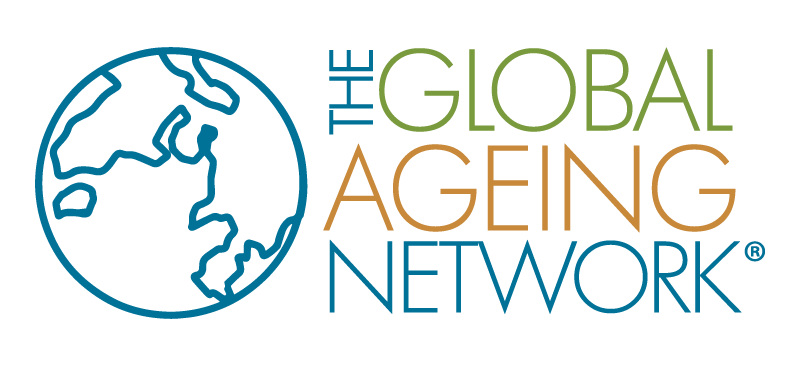The Global Ageing Network signed on with the Stakeholder Group on Ageing’s position paper to be presented at the United Nations High-Level Political Forum (HLPF) on Sustainable Development which will convene in July 2018. The HPLF is the main United Nations platform on sustainable development and it has a central role in the follow-up and review of the 2030 Agenda for Sustainable Development. The Forum adopts intergovernmental negotiated political declarations. The position paper focuses on Goal 11 which aims to make cities and human settlements inclusive, safe, resilient and sustainable.
Executive Summary
- In 2015, 58% of the world’s people aged 60 and over resided in urban areas, up from 50% in 2000. Over half the ageing population, 289 million, lives in low- and middle-income countries, and is increasingly concentrated in urban areas. Older persons are the fastest growing population group globally, reaching 22% by 2050 (UNDESA 2017), and their numbers in cities are set to increase.
- Implementing ‘Age Friendly Cities’ is central to Sustainable Development Goal 11’s aim to make cities and human settlements “inclusive, safe, resilient and sustainable.” Older age can increase risk of vulnerability in urban areas (WHO 2016 Global Report on Urban Health). The ‘Age Friendly Cities’ approach optimises ‘opportunities for health, participation and security in order to enhance quality of life as people age.” (WHO 2007 Age Friendly Cities Guide).
- Such an approach aligns with the New Urban Agenda, which calls for age, gender, and disability-sensitive strategies and to the pledge of governments to leave no one behind as they implement the 2030 Agenda for Sustainable Development.
- This pledge requires UN member states to take a rights-based, life course, approach to urban planning that solicits the active participation of all, including older persons.
- Challenges facing ageing populations in rapidly urbanizing environments include, but are not limited to, inadequate food and shelter, lack of access to water and sanitation, higher risk for infectious and chronic diseases, income insecurity, poverty, and social exclusion.
- Age-related physical and mental health issues, including impaired vision and vision loss, hearing, and other functional impairments, present unique challenges for older urban dwellers in housing design. These can inhibit their use of public transportation and public spaces, limit opportunities for social and economic contributions and are factors for social exclusion and isolation.
- Significant barriers to the realization of older urban-dwellers’ rights to health, participation, and social inclusion include income insecurity, inadequate access to age-appropriate health and care services, and greater gender inequality in older age. The impact of chronic diseases and air pollution on health and mortality in urban areas, disproportionately affects the very old and the very young.
- Inadequate age- and gender-disaggregated data is a significant challenge to the implementation of all the SDGs, including Goal 11. The recently created Titchfield Group on ageing-related statistics and age-disaggregated data must take account of different experiences of ageing in urban and rural environments.
- ‘Inclusive Design’ models, such as intergenerational innovations in living arrangements and the use of Universal Design in building, benefit all generations, respect the rights, and enhance the unique contributions of older persons.
- Appropriate urban development can address risk factors of ageing in cities and support the contributions of older persons to civic life by enhancing their participation and recognising their roles as voters, workers, taxpayers, citizens, and immigrants. Older persons who are actively involved in their communities play unique roles in maintaining the social cohesion of families and neighbourhoods. They are employees, caregivers, and volunteers, bearers of historical memory who transmit wisdom, traditions, and culture to future generations. Older women especially provide vital (unpaid) care and support for spouses, children, grandchildren and other, often older, relatives, especially those with disabilities and dementia.
- City and municipal-level governments can play key roles in harnessing the energy of the collective action and potential of older urban populations to lead policy changes that support national governments’ achievement of Goal 11 targets.
- Progress on Goal 11 is linked to progress on Goals 1, 3, 5. 6, 7, 8, 9, 10, 13 16, and 17.
You can read the entire position paper.
You need to login in order to like this post: click here
